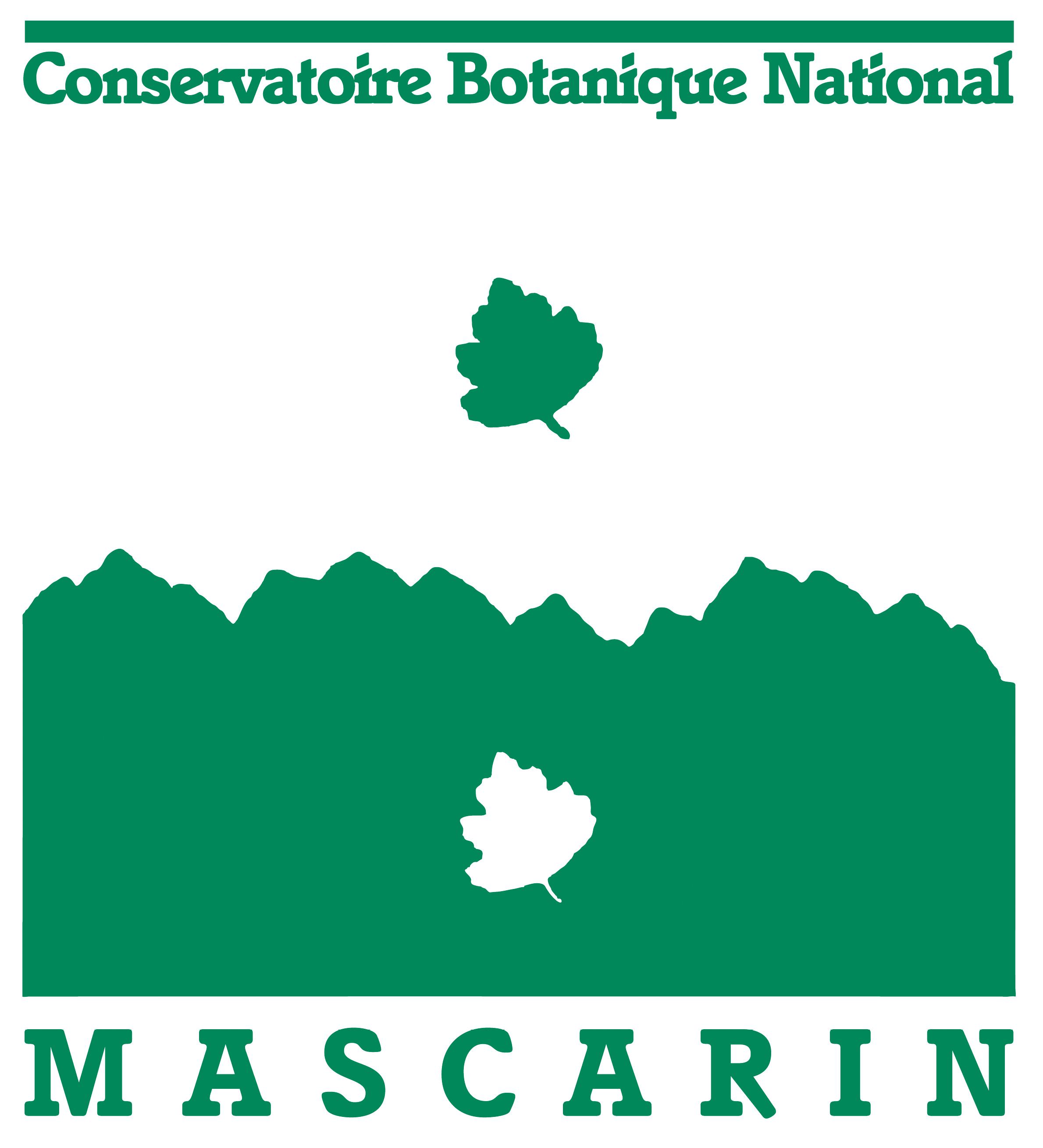
Mascarin National Botanical Conservatory
The Herbaria of the Mascarin National Botanical Conservatory (CBNM) are unique tools for the study of the flora of the Indian Ocean islands. They are included in several international partnerships, in particular with the Missouri Botanical Garden (MO), and the Museum National d’Histoire Naturelle of Paris (P).
It was founded in 1992 by the Direction de l’Agriculture et de la Forêt (Agriculture and Forestry State Administration) of Mayotte and is being managed, since 2008, by the Mayotte branch of the CBNM.
With nearly 5,700 samples (including 650 bryophytes), representing about 1,500 species present in Mayotte, it became a scientific reference of the area. The Mayotte herbarium has in its collections about 40 types (isotypes), and also keeps specimens collected from other neighboring islands in the Indian Ocean (Comoros, Madagascar, Scattered Islands, and Reunion Island).
This collection, regularly enriched with new specimens (200 samples per year on average), is one of the most important in the Indian Ocean. The herbarium is a local structure integrated into an international network: since 2000, all botanists who have carried out prospecting missions in Mayotte have left collect duplicates, and since 2017, each new collect made in Mayotte is promptly duplicated in P and MO. These pooling actions, through exchanges of equipment and hosting of scientific missions, is essential for the evolution of botanical knowledge of the territory, and contributes to Mayotte's international influence.
In 2010, the herbarium was relocated at the CBNM's Mayotte branch, in a room specially designed for samples preservation. Specimens are systematically frozen at least once a year, and the upgrade of the sheets and folders preserving specimens has been undertaken.
The Mayotte herbarium has been registered in [the Index Herbariorum] (http://sweetgum.nybg.org/science/ih/herbarium-details/?irn=250952) under the MAO acronym since 2017. The complete computerization of the herbarium, initiated in 2017, was completed in 2019.
Lastly, since 2018, the Mayotte herbarium has acquired the necessary equipment to build a silicagel collection, and an alcohol library, in order to meet the ever-increasing demands from systematists.
Main field collectors : F. Barthelat (1700), A. Dimassi (170), J. N. Labat (220), S. Ménager (150), A. Mouly (140), O. Pascal (800), T. Pocs (550), S. Traclet (340), G. Viscardi (400).
The Herbarium of the Scattered Islands
In 2004, the CBNM initiated its first field missions in the Scattered Islands, and also started to collect plant samples. At the time, the flora of the Islands was completely unknown and sparsely sampled. The first collects in the field mostly focused on taxa on which in situ determination was uncertain, and therefore, samples were necessary for further study.
With an increase in collects, a database was implemented in 2011, and samples were conditioned and labelled. The collection continues to evolve with new sample added with each new field mission.
Assembly and labelling of the herbarium sheets are still ongoing thanks to the participation of the CBNM’s agents volunteers, and trainees. The samples are usually dried and labelled temporarily in situ, brought back, then stowed and promoted at the Conservatory.
In addition to the herbarium, the collections include a library for alcohol preserved specimens, a dry fruit collection, and a collection in silica gel.
Although fairly recent, these collections enclose samples of most of the native and exotic plant species identified on the Scattered Islands. They form a complete, unique, and invaluable tool for the study of the vascular flora of the Scattered Islands, as evidenced by the formal partnerships they integrated since 2013. Among other things, they were just described in the framework of the French herbarium census conducted by Tela Botanica, as well as in the herbariorum Index.

Mayotte Herbarium - 2011 in the premises of the CBNM © CBNM

Scolopia maoulidae Hul, Labat and O. Pascal endemic tree of Mayotte © CBNM

Herbarium sheet of Psiadia altissima collected at Europe Island © CBNM - J. HIVERT